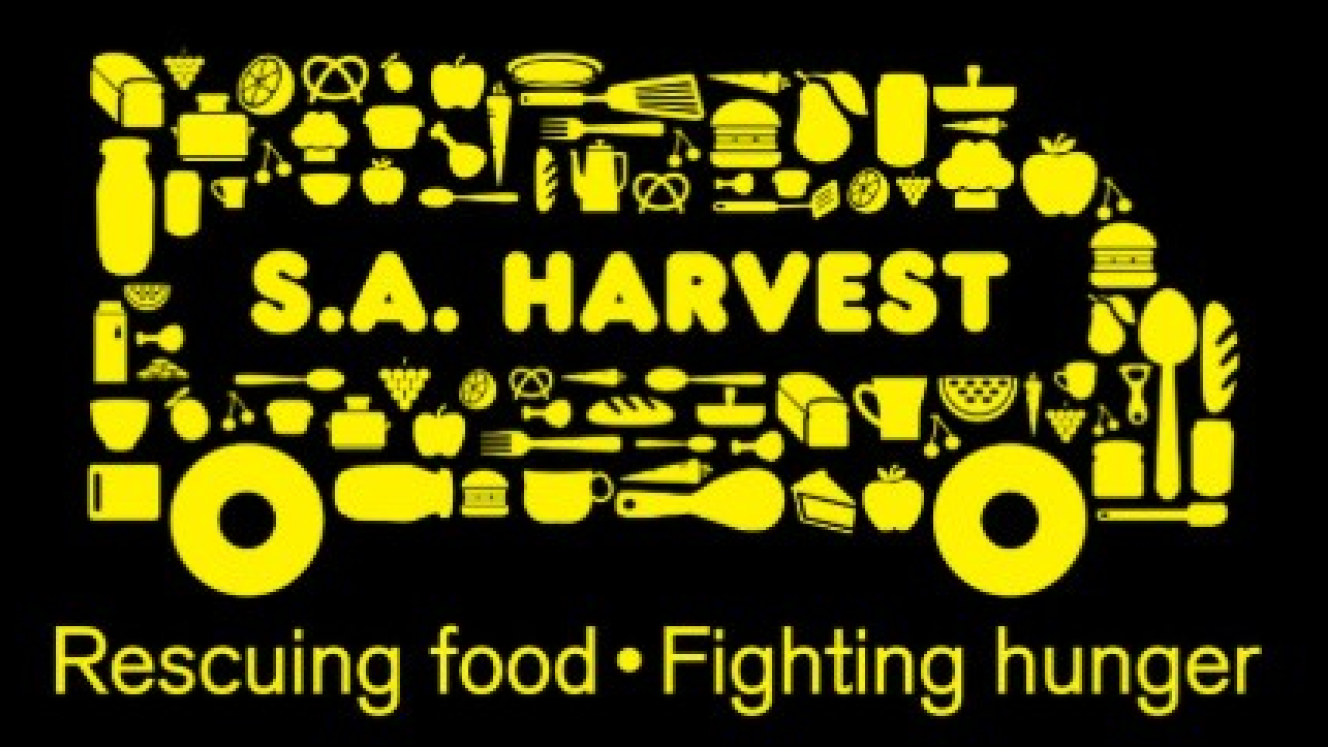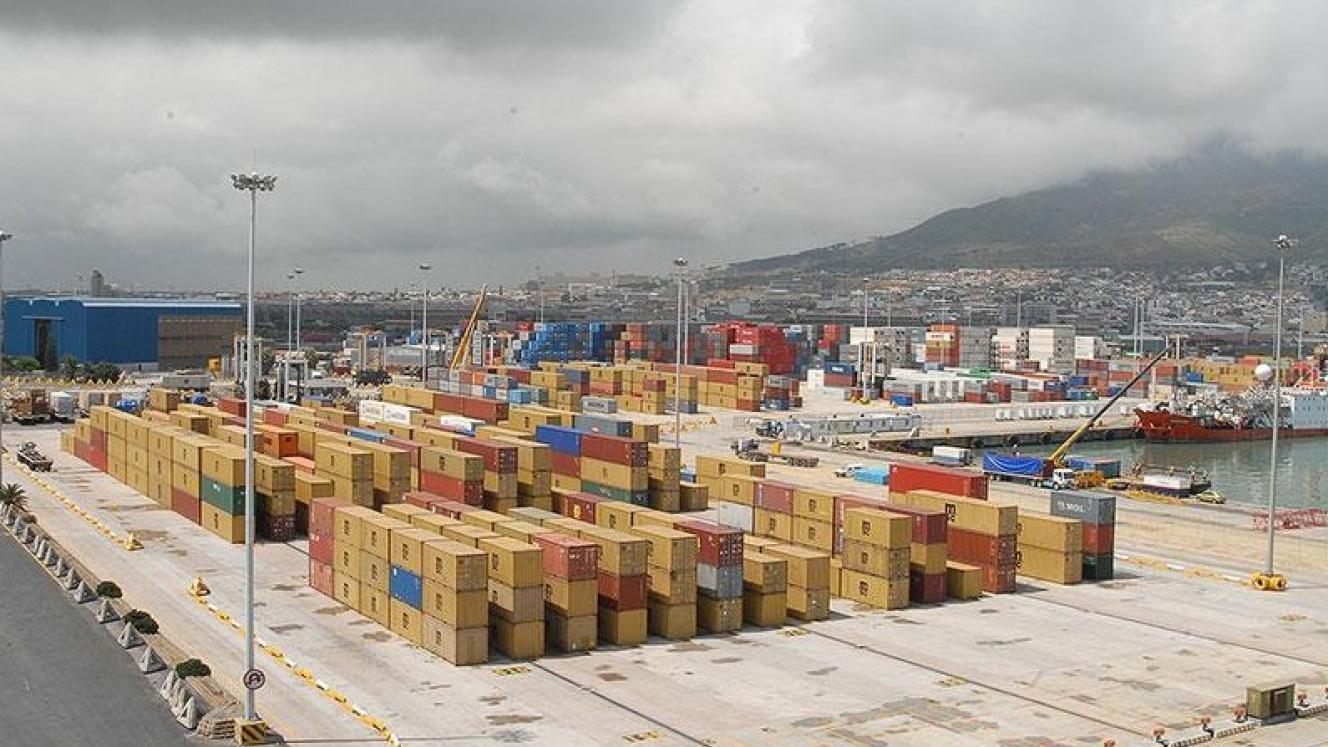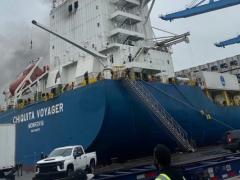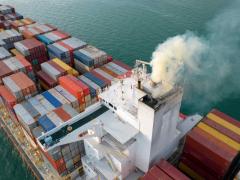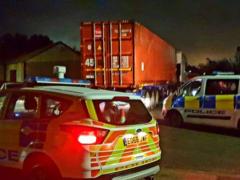SA Harvest has expanded its national fleet with the addition of several new trucks, including a refrigerated unit.
This development marks a milestone in the food rescue and hunger relief organisation’s journey to drive solutions to food insecurity by transforming logistics inefficiencies into opportunities for equity and environmental impact.
Every year, more than 10 million tonnes of edible food go to waste in South Africa, while nearly 20 million people face hunger. The challenge lies not in food production but in getting surplus food to where it’s needed.
“Hunger is a logistical crisis, not a scarcity crisis,” said SA Harvest chief operating officer, Ozzy Nel.
“We don’t aim to build the biggest fleet, but rather the most effective, collaborative movement of food in the country.”
The new trucks will allow SA Harvest to access more remote and underserved areas, increase the volume of food transported, and improve resilience across its operations.
The addition of a temperature-controlled unit also enhances cold-chain capability, ensuring the safe transport of perishable, nutrient-rich food over long distances.
While it operates a lean, targeted fleet, much of SA Harvest’s distribution is made possible through collaborations with logistics providers who contribute underutilised resources, including empty return legs and short-term vehicle support.
A recent large-scale collaboration with a local farmer, one of South Africa’s major producers of fresh vegetables, illustrated the power of SA Harvest’s model.
When a surplus of over 200 000 kilograms of butternut became available – produce that risked going to waste due to seasonal oversupply – SA Harvest mobilised swiftly. It coordinated with multiple logistics partners and collected and delivered the butternut to over 40 community organisations in two provinces, where it was distributed to families facing food insecurity.
SA Harvest integrates real-time analytics and a central Power BI (a business analytics service and platform) dashboard to track key metrics, including food volumes rescued, emissions avoided, delivery efficiency, and cost savings to community partners.
Logistics partners receive Section 18A tax certificates for in-kind transport donations, access to environmental, social and governance (ESG) reporting data such as carbon emissions prevented, and public recognition for their role in hunger relief.
SA Harvest has invited more logistics providers to join its growing network by assisting on occasional unused routes, offering shared warehouse space or temporary access to transport.
“In the right hands, logistics becomes more than transport. It becomes a bridge between waste and want – a way to create meaningful, lasting change,” Nel said.
